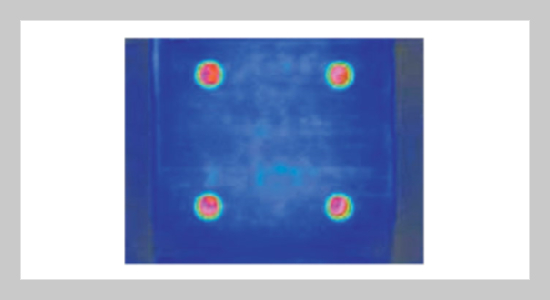Nuan-Hsuan Ho This email address is being protected from spambots. You need JavaScript enabled to view it.1 and Dave Ta-Teh Chang2 1Department of Traffic Science, Central Police University, Taoyuan, Taiwan 333, R.O.C.
2Department of Civil Engineering, Chung Yuan University, Taoyuan, Taiwan 320, R.O.C.
Received:
August 29, 2012
Accepted:
November 1, 2013
Publication Date:
December 1, 2013
Download Citation:
||https://doi.org/10.6180/jase.2013.16.4.11
This research utilized the Infrared Thermograph, the latest aviation technology for inspection and quality control in Fiber Reinforcement Polymer (FRP). This technology has the capacity to quickly locate any defect present in the FRP composite matrix, as well as to accurately measure the extent of the defect. The experiment employed a parametric study, constructing a concrete slab structure with an FRP bond subjected to thermal analysis in order to determine the optimum values in temperature and distance. Based on the result of the experiment, infrared inspection technology can be used as a non-destructive inspection method and quality control for FRP-reinforced construction. However, the material subjected to FRP technology should be heated evenly and the temperature should be maintained at 5.9 ±2 °C. Moreover, the optimum distance for taking a picture with infrared thermograph is 3 meters to obtain a desirable result.ABSTRACT
Keywords:
Fiber Reinforced Polymer, Infrared Thermograph, Infrared Inspection Method, Non-Destructive Inspection
REFERENCES
















